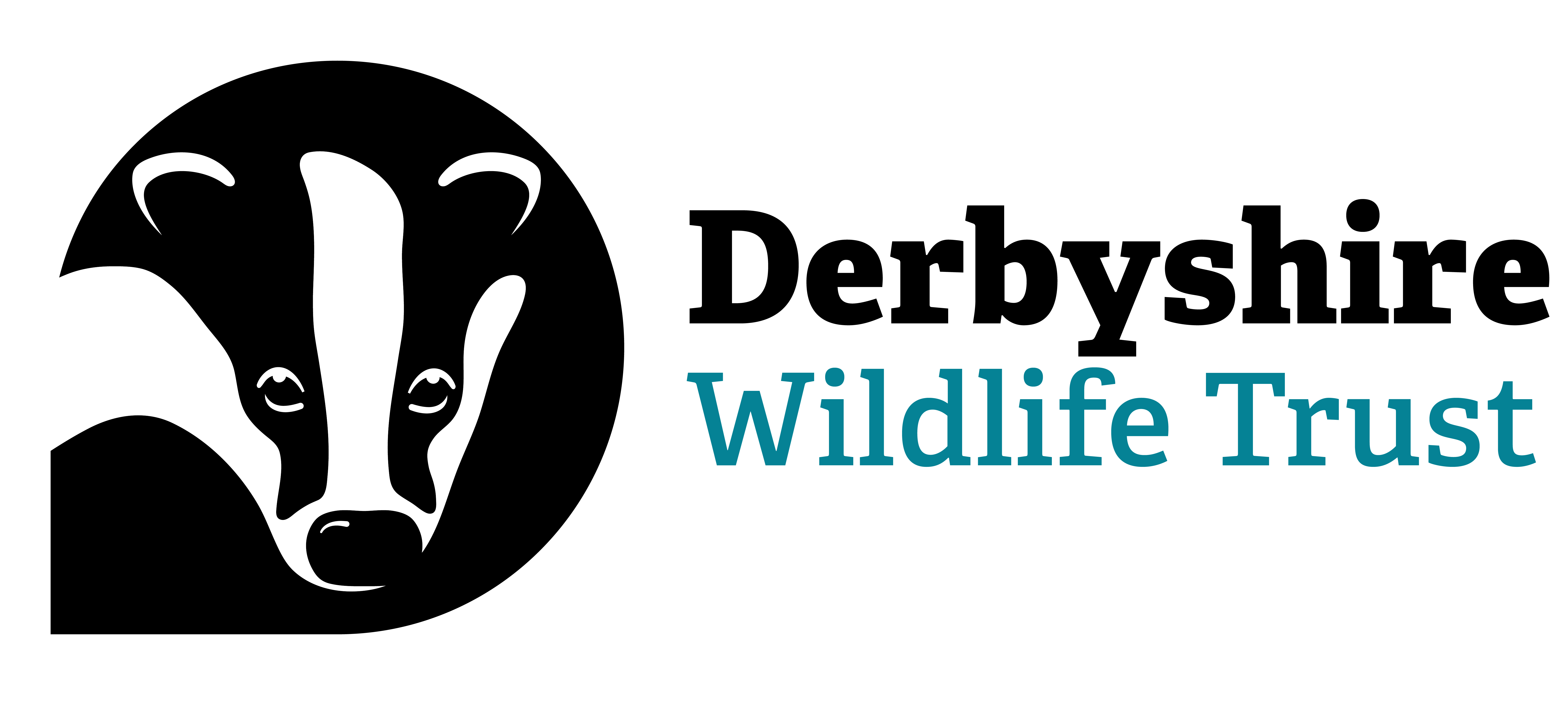The project, kickstarted with almost £330,000 in funding from the National Highways Network for Nature Programme, has reinstated the actions of missing wild herbivores across six sites managed by the Trust. The aim being to create, restore and connect spaces for nature, and encourage wildlife to thrive.
The wetlands and low grassland along the River Trent currently provide some habitat for wildlife, but represent a significant opportunity to create a richer ecosystem for the species that depend on them.
Through this project, Derbyshire Wildlife Trust is demonstrating how the actions of grazers are fundamental to the natural development of diverse and dynamic habitats within a complex, healthy and functioning ecosystem.
In the relatively recent past, large herbivores such as aurochs, elk, beavers, wild horse, wild boar, red deer and bison roamed Derbyshire, shaping the landscape. To reinstate the actions of these lost wild herbivores, the Call of the Wild project has reintroduced ten highland cattle and eight Exmoor ponies.
Using GPS-collars, which train livestock through sound to migrate across the landscape, the small herd’s movements and behaviours have been monitored to show the impact of landscape scale grazing and demonstrate the effectiveness of geo-fencing for future projects.
These larger herbivores have browsed brambles and trees to create a mosaic of habitats; dung and grazed grass and vegetation to different heights to create habitats for invertebrates; encouraged wildflowers to grow providing pollen and nectar for invertebrates; increased food availability for birds and ultimately lead to more diversity in nature.
They have even affected the amount of carbon being stored in the plants and soil, with an estimated 20.5 tonne reduction in carbon emitted through the changes implemented by the grazing regime.
A dedicated Wilder Grazing Officer was recruited to coordinate and monitor a natural grazing programme, alongside 11 trained volunteers who have completed 1,184 volunteer hours to support with carrying out livestock checking, habitat and species monitoring, all whilst connecting them with nature.
